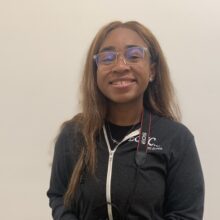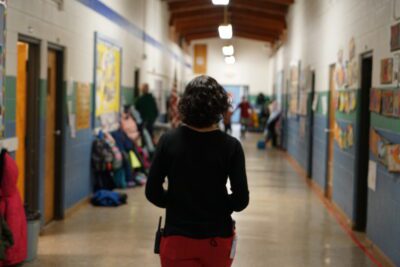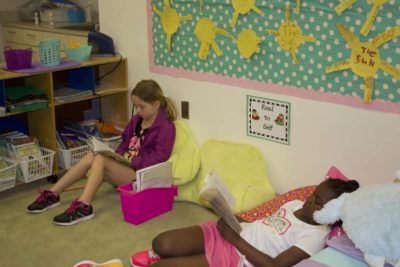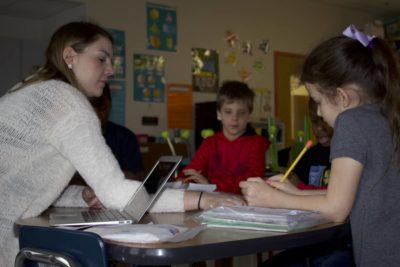
|
|
During the 2022-23 school year, more than seven million students in the United States were served under the Individuals with Disabilities Act — approximately 15% of all students.
The largest share of these students, according to data from the National Center for Education Statistics (NCES), were students with specific learning differences.
To help families and teachers alike, national nonprofits Learning Heroes and Understood have published guides about learning differences, how to navigate special education services, and ways to coordinate with schools and teachers.
Here is a link to the guide for families, and here is a link to the guide for teachers.
What are learning differences?
According to the guide, learning or thinking differences “are lifelong challenges” caused by differences in the way the brain processes information. They can affect skills such as reading, writing, math, and concentration.
Common examples of learning differences include dyslexia and attention-deficit/ hyperactivity disorder (ADHD).
Learning differences are real challenges the guide says, but are not related to intelligence.
“People who have them (learning differences) are as smart as other people,” the guide says. “And they have strengths, talents, and interests that can help them work on challenges.”
Some students can have multiple learning differences, known as having a co-occurrence or comorbidity. Although students may experience multiple learning differences at the same time, the guide says that each should be addressed separately.
“When different issues lead to similar challenges, it might seem like you can tackle them in the same way,” the guide says. “But it doesn’t work like that. Getting the right support for a struggling reader won’t automatically help them with math. Each learning difference needs to be approached on its own.”
Teacher-family relations
As explained in the guides, teachers should team up with families to improve student outcomes.
There are several ways for teachers to begin building a relationship with the families of students who have learning differences. It starts with the teachers imagining themselves in the parents’ place.
Starting that way can help families know teachers support them, the guide says, leading to more positive interactions, clearer boundaries, and better communication. You can read more tips for teachers here.
When it comes to Individualized Education Program (IEP) meetings, where families discuss a student’s special education plan and needed support, teachers should connect parents with support staff and other stakeholders early in the year so that they can begin to build trust.
When a student is on track, the guide advises to connect with teachers once a grade period. When they are off track, it is advised to check in once a week.
Either way, the guide says, it is best to ask teachers directly how often they are comfortable with being contacted.
Advocacy
Parents and teachers have to learn how to be advocates for students, the guide says. Students also have to learn how to be advocates for themselves.
At its core, advocating is when a person speaks about the concerns they have. Before meetings, the guide suggests that families record or write out their thoughts ahead of time, and to consistently speak out as they get more comfortable.
When it comes to students speaking for themselves, the guide says they may notice their differences but may not have the language to express what they need. The more students know about their abilities, the more they will be comfortable with them and ask for accommodations in the future.
“Being a good self-advocate has big benefits for kids and adults who learn and think differently,” the guide says. “People who know how to self-advocate are more likely to do well in school, work, and life. They often feel confident in what they’re learning and doing.”
Accommodations are different from modifications, the guide says.
Accommodations are changes in how a student receives the learning material. For example, a student with dyslexia can ask to listen to the audio version of a book that is assigned in class.
A modification, on the other hand, is a change in the material they are taught or what they are expected to learn. For example, a student can be assigned a book or text that is easier to read than what the rest of the class has.
Families seeking more information on specific learning differences and how to initiate an evaluation process for their student can start here. Additional resources for teachers are listed here.





